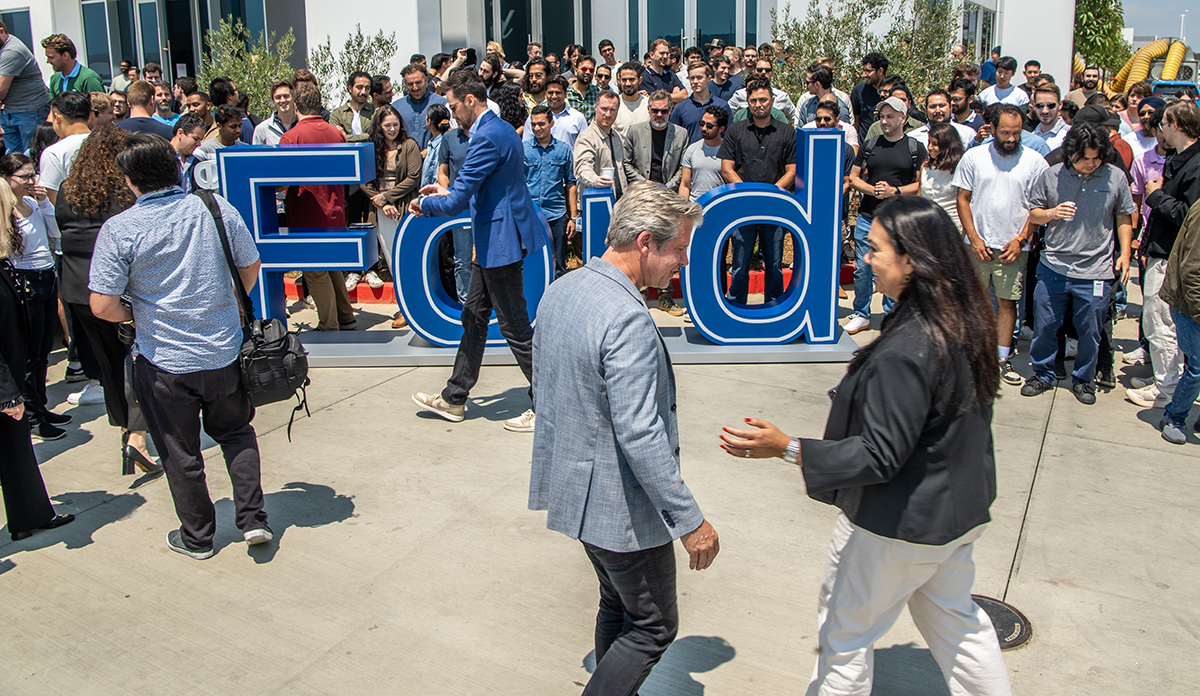The next great electric truck might be drawn up in Long Beach.
Ford Motor Co. opened up its Long Beach development center to reporters for the first time Tuesday, divulging new information about its operations and showing off its state-of-the-art facility.
The unveiling comes a year after Doug Field, chief of EVs, digital and design officer, said the company planned to lease a 250,000-square-foot building in the Douglas Park business complex near the Long Beach Airport.
Last month, the Michigan automaker announced it would shut down its design studio in Irvine by November as it shifts operations to Long Beach and its assembly plant in Dearborn, Mich. (About 263 workers were offered a transfer to either facility.)
Including the parking spaces and auxiliary facilities, the entire Long Beach campus will encompass about 300,000 square feet of space.
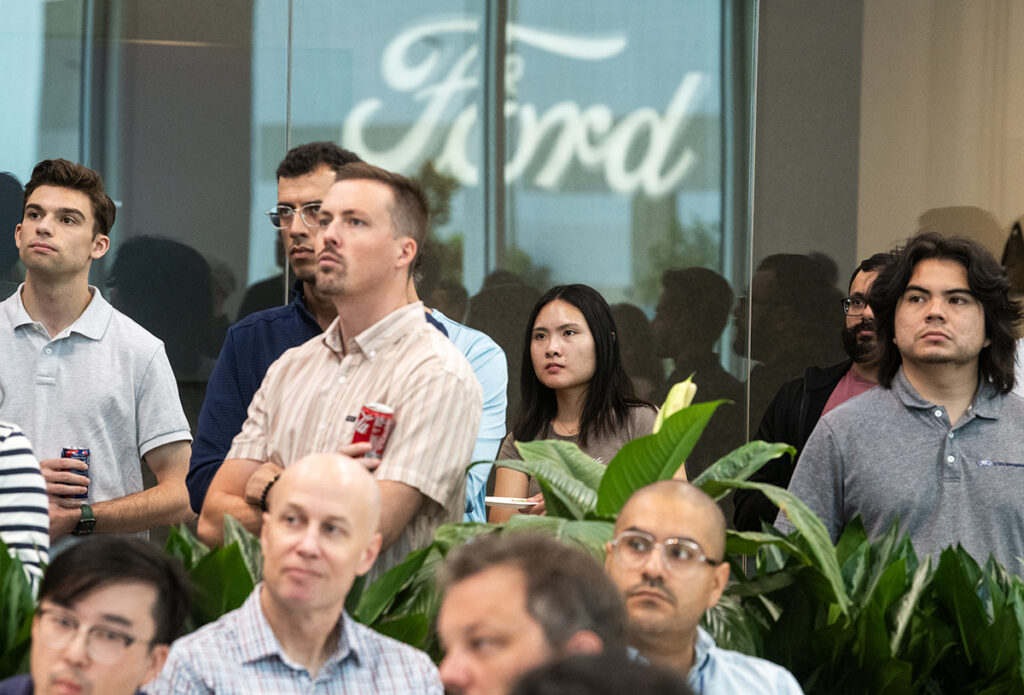
Led by Alan Clarke, previously the director of new programs engineering at Tesla, the 350-worker team will lead the company’s charge in designing low-cost electric vehicles that can compete with similar models from Tesla and Chinese automakers.
Jolanta Coffey, the company’s director for advanced electric vehicle programs, said the Long Beach team hopes to have a mid-sized electric truck on the market by 2027.
“Our team is really looking to define a new era for electric vehicles,” Coffey said.
Clarke said the company plans to add 100 more employees to the team, pulled from a national applicant pool.
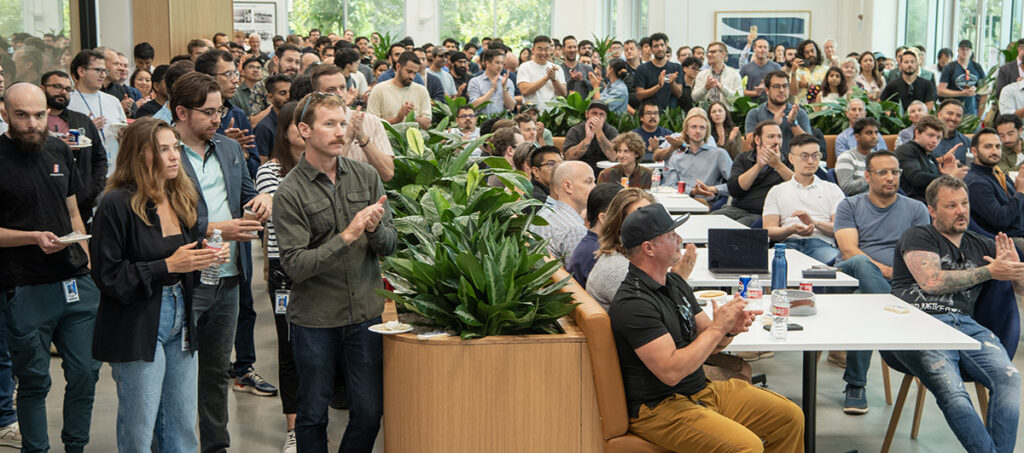
Employees at the hub have dedicated office space, garages, workshops for milling and fabrication and labs for testing. Designs will be shared between teams in Long Beach and their sister hubs in Dearborn, Mich., and Palo Alto. Company leadership described the focus of the work to be on “high-voltage battery development, software and thermal system engineering.”
At an opening ceremony inside the main hub, company leadership and city officials agreed the move further demonstrated a continuing migration of innovation-based companies to Long Beach.
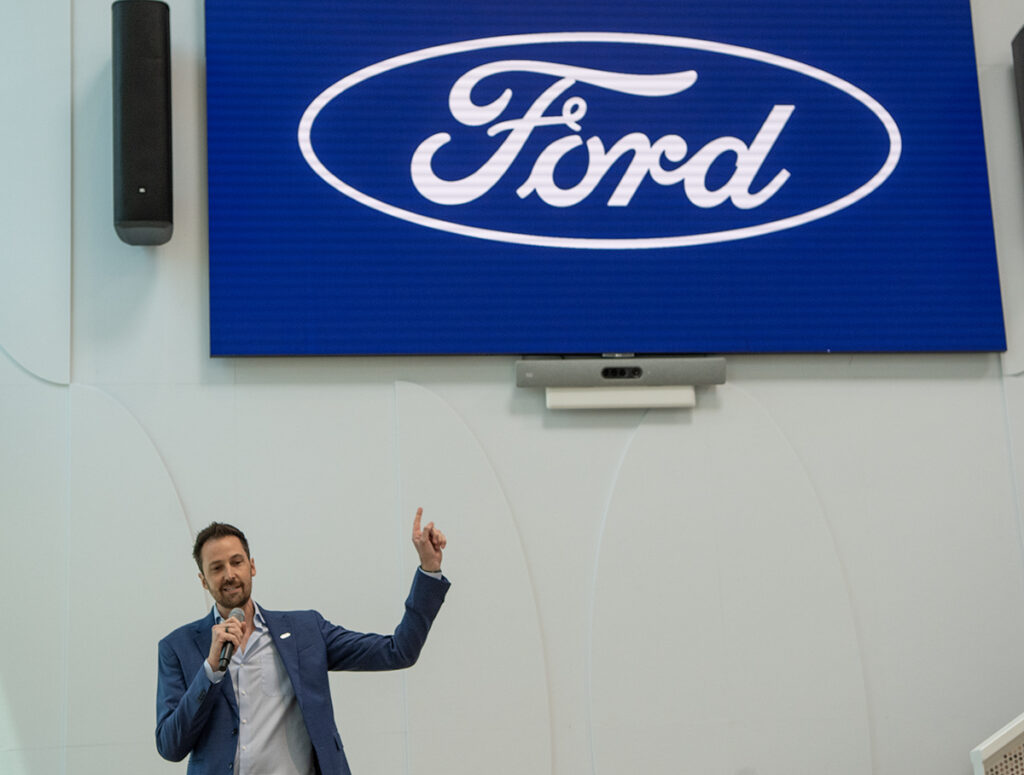
“Within this square mile, we have some of the world’s most innovative companies setting down roots right here in the city of Long Beach,” said Mayor Rex Richardson. “We’re doing everything from space flight to actual space stations, the future of commercial travel and air travel. We’re pushing the frontiers of advanced manufacturing.”
The facility also marks Ford’s return, they said, to Long Beach after a 65-year hiatus.
Ford had an assembly plant in Long Beach from 1930 until its closure in 1958, replaced by a new plant in Pico Rivera.
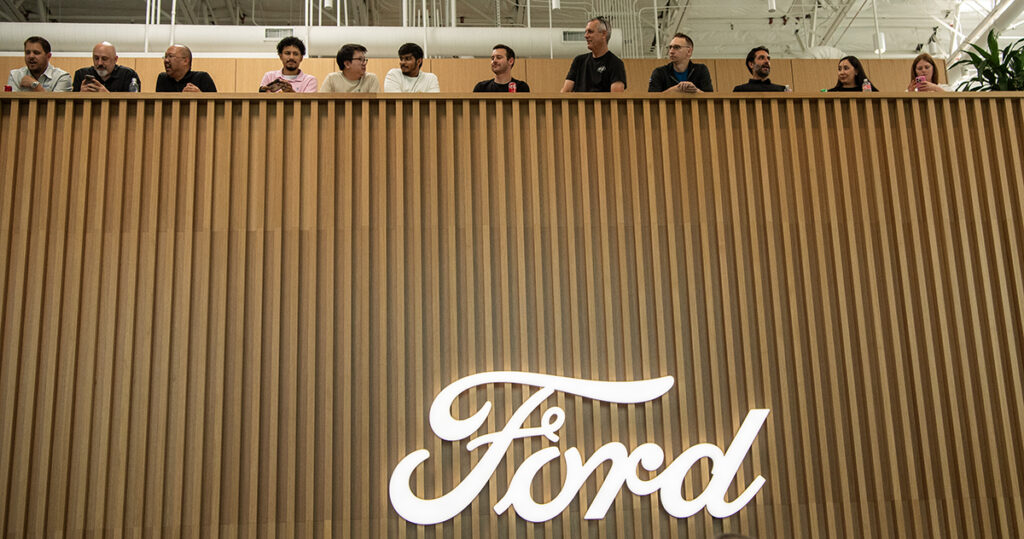
Earlier attempts to develop electric vehicles were shuttered in the 1990s after the company decided the effort would be financially wasteful until more advanced batteries and related technology was developed.
But it’s been a long time since the Model A was at the forefront of automation. Ford, like so many other global automakers, is scrambling to perfect the formula for profitable electric vehicles. It comes as the company continues to lose money on its EV inventory — about $37,650 for each EV sold, according to an earnings report from its first quarter of the year.
Clarke made parallels between the two sites, saying they both “weathered many obstacles.”
“Like the (COVID-19) pandemic and supply chain shortages, at that plant they dealt with earthquakes, they dealt with shortages during World War II, and even became an Army depot for a short period of time,” Clarke said. “But today, Ford is back in Long Beach.”

